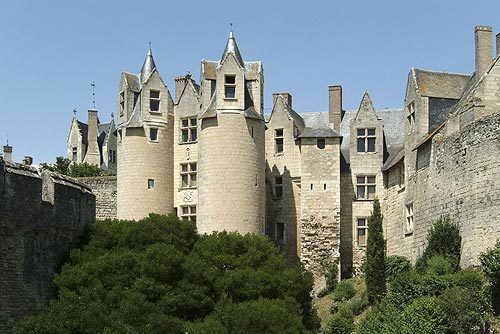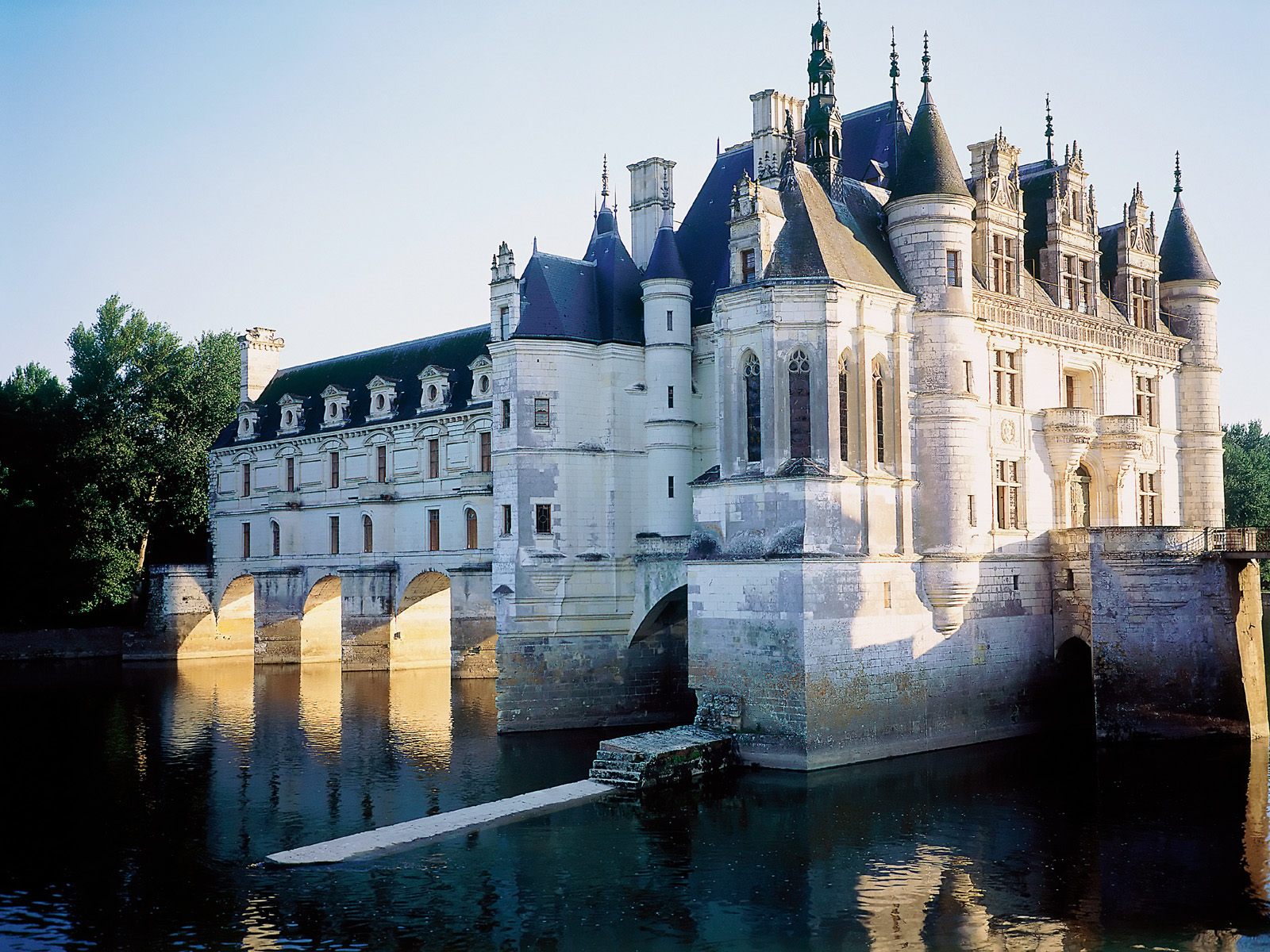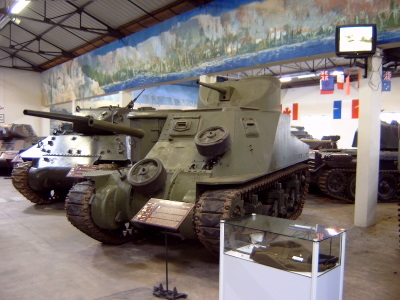
Chateau Montreuil-Bellay
Chateau Montreuil-Bellay is a castle constructed at the start of the 11th century as a defensive structure on the site of an ancient Roman village. It was built with substantial walls and tours that still surround the castle today. The castle played a key role in many of the battles with the English during the 12th century. It continued to be developed during the 13th, 14th, and 15th centuries and contains elements of various architectural styles including earlier remnants of the original. The castle has been occupied for much of its life which prevented the ruination that affected many castles in France. During the French Revolution it was taken over and used as a prison before returning to private ownership in the early 19th century. The castle is well known for the wine produced in the grounds and sold under the same name, Chateau de Montreuil-Bellay. For more information visit the  official website.
official website.

Chateau de Chenonceau is one of the best known and most visited castles in France. Built on the river Cher, whose calm waters reflect back the castle’s spires, Chenonceau, with its remarkable architecture and interior collections, claims the honor of being one of France’s most romantic castles. Built on an old mill site on the Cher River in the Loire Valley, the first generation castle was first mentioned in writing in the 11th century. Known as the château de femmes due to its early population of many female inhabitants (read about the six women of the castle  here), the chateau is a mixture of late Gothic and Renaissance style and is surrounded by a formal garden and park. Visit the
here), the chateau is a mixture of late Gothic and Renaissance style and is surrounded by a formal garden and park. Visit the  official website for information on tours and events.
official website for information on tours and events.
This 12th century castle is best known for the momentous meeting of Richard the Lionheart and Philip II of France in a historic “peace summit.” The original castle is now almost completely obscured by “newer” 16th century construction built for Jean le Breton. The tower is the only remnant of the original building. The current castle was built for style and luxury rather than for its original defensive purpose. The world-renowned gardens are a result of extensive renovations by Dr. Joachim Carvallo after he bought it in 1906. Then, the chateau was in near ruins and set to be demolished. Now it boasts elaborate jardins français created to resemble a French chateau garden during the renaissance. See the  official website for more information.
official website for more information.
Fontevraud Abbey
Fontevraud Abbey was first established in 1099, and is one of the largest monastic complexes in Europe. Constructed between the 12th and 20th centuries, the highlight of the complex is the large domed abbey church where Henry II, Eleanor of Aquitaine, and Richard the Lionheart are buried. Just before the French Revolution, Fontevraud was the most powerful abbey in France. It was transformed into a prison in 1804, remained one until its closure in 1963, and is today designated as a French national monument. The abbey now hosts a wide range of cultural activities and exhibitions, and is a center for medieval archaeology. See the  official website for information on tours and events.
official website for information on tours and events.

Musée des Blindés (Tank Museum)
Located in Saumur, a 15 minute drive from Dovalle, this museum houses the largest and most unique collection of armored fighting vehicles in the world. Nearly 200 vehicles preside, with many being fully functional and often used to perform in the annual cavalry show. This impressive array of French, British, German, US, Soviet, and Iraqi war toys include Panzers, Tigers, Panthers, Pershings, Leopards, and Pattons. The town of Saumur has been the traditional training center of the French Cavalry, thus the museum’s origins and it’s continued role as a State institution run by the Army. Visit the  museum's website for more information. See
museum's website for more information. See  this website for an English review of the museum with a number of pictures. While in Saumur you can visit the separate cavalry museum.
this website for an English review of the museum with a number of pictures. While in Saumur you can visit the separate cavalry museum.
Zoo de Doué la Fontaine
The Zoo of Doue-la-Fontaine is the only zoo in Europe that welcomes endangered species, currently numbering 70 and including giraffes, rhinoceros, penguins, tigers, red pandas, and vultures. The zoo encourages species reproduction by recreating each one’s natural habitat, rich with exotic vegetation. Don't miss caressing a giraffe! Followed by a visit to the restaurant and gift shop, or a second restaurant across the street. The zoo is located in the town of Doue-la-Fontaine, the European capital of the Rose. The zoo is closed to the public November through January. Visit the  zoo's website for more information.
zoo's website for more information.
